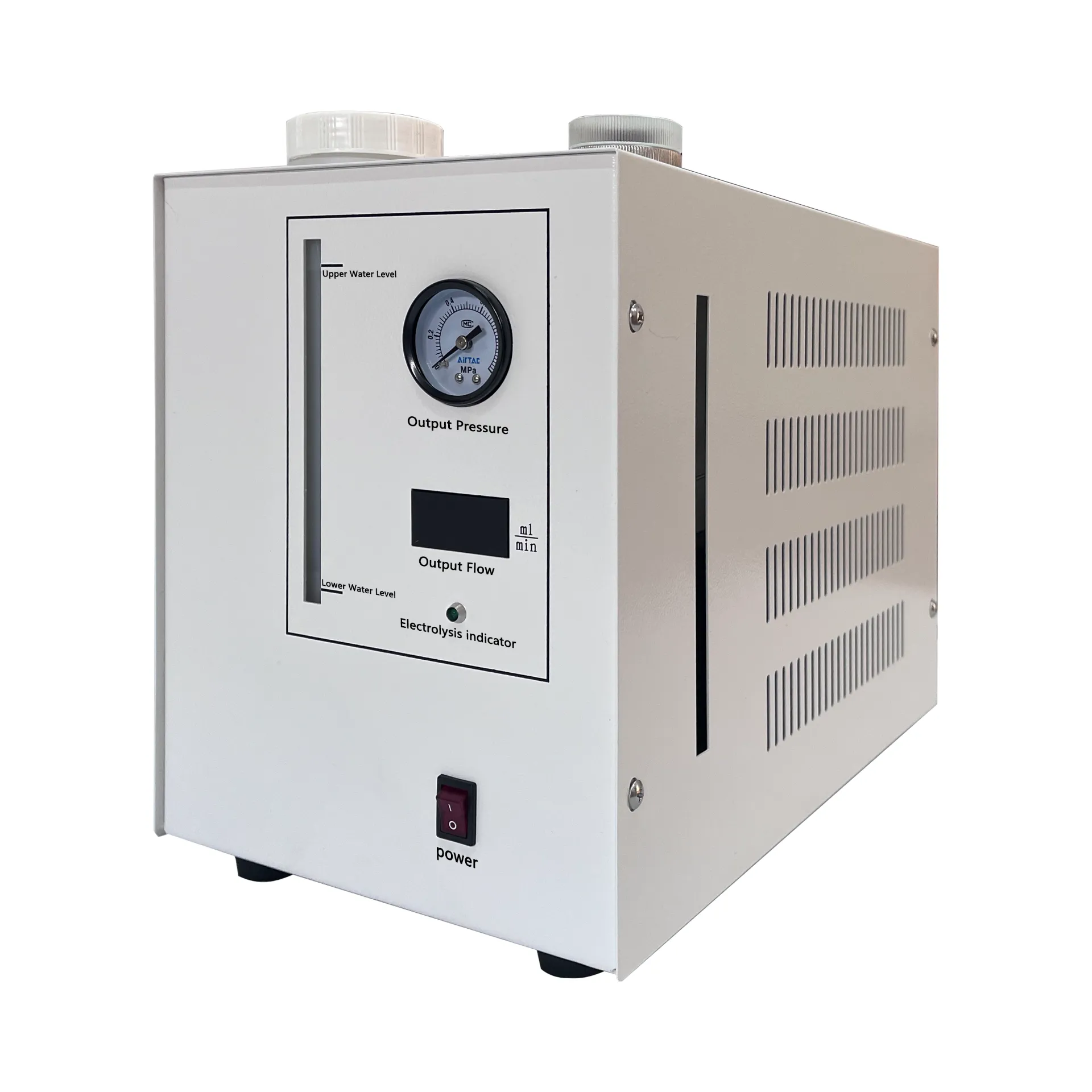 English
English


short circuit of transformer
Understanding Short Circuit of Transformers
Transformers are essential components in electrical power systems, serving the primary function of voltage transformation between different levels. However, like any electrical device, transformers are prone to faults, one of which is the short circuit. A short circuit in a transformer is not only a concern for the safety and reliability of the device but also presents significant risks to the entire power system.
What is a Short Circuit?
A short circuit occurs when there is an unintended path for electrical current, allowing it to flow with little to no resistance. In the context of transformers, a short circuit can happen on either the primary side (input) or the secondary side (output). It can be caused by various factors, including insulation failure, component degradation, external debris, or mechanical damage. This results in excessive current flow that far exceeds the normal operating current of the transformer.
Effects of Short Circuit on Transformers
When a transformer experiences a short circuit, the consequences can be severe. The most immediate effect is an increase in current flow that can lead to overheating. This excessive heat can damage the transformer windings, leading to insulation failure, burning of the coils, and ultimately, transformer failure. Additionally, the short circuit can cause mechanical stresses due to rapid changes in magnetic fields, which may result in physical damage to the transformer structure.
short circuit of transformer

Moreover, a short circuit can have broader implications for the power system. It can lead to voltage fluctuations, ripple effects across the grid, and even trigger protective devices, causing widespread outages. This cascading failure can disrupt power supply to many customers and may require extensive recovery efforts.
Protection Mechanisms
Given the potential damage short circuits can cause, transformers are equipped with various protection mechanisms. Protective relays are designed to detect abnormal conditions and isolate the affected transformer from the grid promptly. This is crucial in preventing the extent of damage from escalating. Current transformers (CTs) are often used to monitor the current flowing through the transformer and trigger protective actions if current levels exceed safe operating limits.
Additionally, fuses and circuit breakers are installed to prevent excessive currents from damaging the transformer. Regular maintenance and inspections are vital in identifying potential issues before they lead to a short circuit. This includes checking insulation integrity, ensuring proper grounding, and monitoring for signs of wear and tear.
Conclusion
Transformers play a crucial role in ensuring the smooth functioning of electrical power systems. However, the risk of short circuits poses a significant challenge. Understanding the mechanisms of short circuits, their effects, and implemented protective measures is essential for maintaining transformer integrity and system reliability. As the demand for electricity continues to rise globally, advancements in transformer technology and protection systems will remain critical to preventing failures and ensuring efficient energy distribution. By investing in research and development, the industry can continue to mitigate risks associated with short circuits and enhance the overall resilience of power systems.
-
Differences between open cup flash point tester and closed cup flash point testerNewsOct.31,2024
-
The Reliable Load Tap ChangerNewsOct.23,2024
-
The Essential Guide to Hipot TestersNewsOct.23,2024
-
The Digital Insulation TesterNewsOct.23,2024
-
The Best Earth Loop Impedance Tester for SaleNewsOct.23,2024
-
Tan Delta Tester--The Essential Tool for Electrical Insulation TestingNewsOct.23,2024





